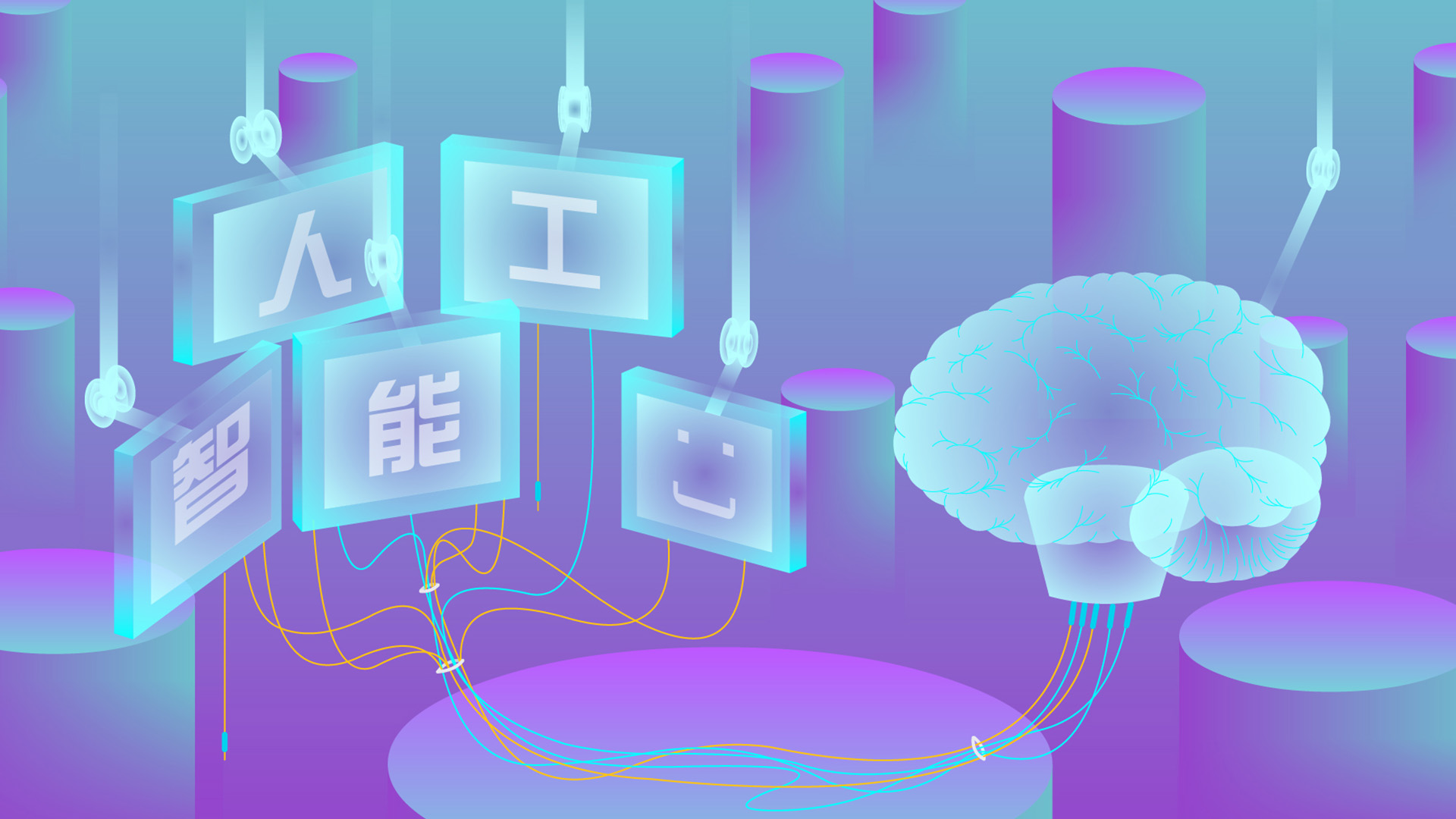

GPT-3, the third generation pre-training transformer, is the latest generation of the GPT series and has made significant progress in the field of natural language processing. This model uses a machine learning algorithm to receive input and generate human-like text, which is a deep learning model. With an impressive 175 billion parameters, GPT-3 is the largest and most powerful language model to date, dwarfing its predecessor GPT-2, which only had 1.5 billion parameters.
The potential applications of GPT-3 are wide and varied, ranging from simple tasks such as grammar correction and text summarization to more complex tasks such as code generation, translation and even creative writing. In fact, GPT-3 has demonstrated an uncanny ability to generate coherent and contextual text, making it difficult to distinguish between human- and machine-generated content.
A key feature of GPT-3 is its ability to learn from multiple data sources, allowing it to understand and generate text in multiple languages, styles, and formats. This versatility opens up new possibilities for enterprises and developers, who can now leverage the power of GPT-3 to create more advanced and user-friendly applications.
GPT-3 can be applied to create chatbots that have highly accurate understanding and context-awareness to respond correctly to user queries. This can greatly enhance customer support services, as chatbots powered by GPT-3 can provide users with more accurate and relevant information, reducing the need for human intervention.
GPT-3’s capabilities in understanding and generating code could revolutionize the software development industry. Developers can now use GPT-3 to generate code snippets, automate repetitive tasks, and even debug code, significantly reducing the time and effort required to develop and maintain software applications.
In the field of education, GPT-3 can be used to create a personalized learning experience for students. By analyzing a student's learning style, strengths and weaknesses, GPT-3 can generate customized learning materials and assessments to meet each student's individual needs. This can greatly improve the overall learning experience and help students achieve better academic results.
Despite its great potential, GPT-3 is not without challenges and limitations. One of the major concerns surrounding GPT-3 is the ethical implications of its use, particularly in the context of generating fake news, deepfakes, and other forms of misinformation. As GPT-3 becomes more advanced and easier to use, it is critical that stakeholders develop guidelines and regulations to ensure responsible and ethical use of this technology.
Sentence rewriting: GPT-3 has another limitation, that is, it requires a large amount of data as a training basis, which will cause the risk of bias and inaccuracy in its output. While GPT-3 demonstrates an impressive ability to generate contextually relevant text, it is not immune to generating content that may be politically biased, offensive, or factually incorrect. Ensuring these issues are addressed is critical to the long-term success and adoption of GPT-3 and similar AI models.
It is no exaggeration to say that the emergence of GPT-3 has completely changed the field of natural language processing, opening up many new applications and possibilities for various industries. As this technology continues to advance and develop, the way we interact with machines may change and redefine the boundaries of artificial intelligence. However, researchers, developers, and policymakers must work together to address the challenges and limitations of GPT-3 and ensure that it is used responsibly and ethically in the years to come.
The above is the detailed content of The Rise of GPT-3: Revolutionizing the NLP World. For more information, please follow other related articles on the PHP Chinese website!
 Application of artificial intelligence in life
Application of artificial intelligence in life
 What is the basic concept of artificial intelligence
What is the basic concept of artificial intelligence
 How to implement line break in alert
How to implement line break in alert
 How to set up domain name redirection
How to set up domain name redirection
 How long does it take for Douyin recharge to arrive?
How long does it take for Douyin recharge to arrive?
 The difference between master and host
The difference between master and host
 git undo submitted commit
git undo submitted commit
 How to turn off ics network sharing
How to turn off ics network sharing
 vue references js files
vue references js files




